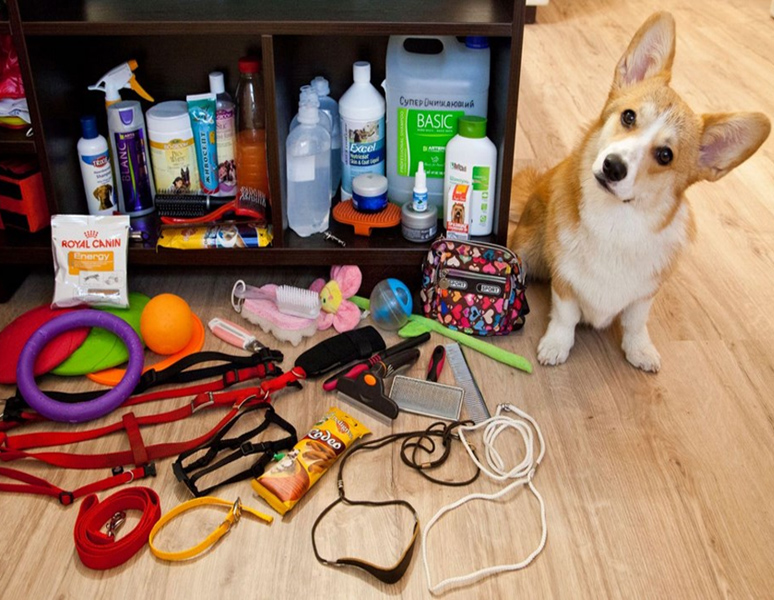Personal Care and Beauty
The personal care and beauty industry is undergoing a transformation driven by consumer preferences for sustainability and transparency. With over 60% of global consumers willing to pay a premium for sustainable products, there is a growing demand for eco-friendly and ethically sourced ingredients in personal care products. Transparency has become a key factor in consumer decision-making, with 72% of consumers believing that brands should be honest about their products and ingredients. This shift in consumer mindset has led to a demand for greater transparency in the cosmetics industry, challenging brands to provide detailed information about the composition of their products.
Consumers are no longer swayed by hollow promises and attractive packaging; they want to know exactly what goes into the products they use. This has led to a rise in the popularity of natural and organic beauty products, as consumers seek out products with ingredients that are easily recognizable and ethically sourced. The trend towards sustainability and transparency in the personal care and beauty industry is expected to continue growing. Brands that can meet these consumer demands by offering eco-friendly, transparent, and ethically sourced products are likely to succeed in this competitive market.











